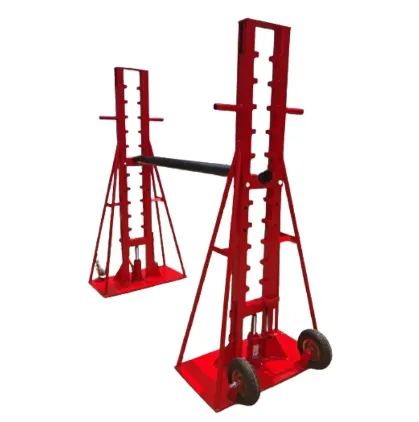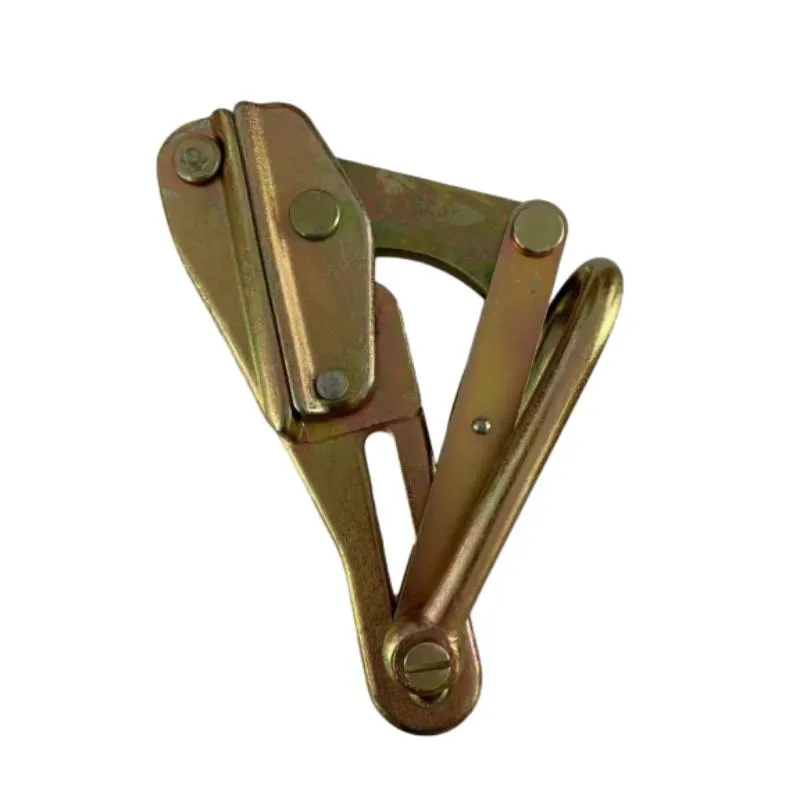
-
 Afrikaans
Afrikaans -
 Albanian
Albanian -
 Amharic
Amharic -
 Arabic
Arabic -
 Armenian
Armenian -
 Azerbaijani
Azerbaijani -
 Basque
Basque -
 Belarusian
Belarusian -
 Bengali
Bengali -
 Bosnian
Bosnian -
 Bulgarian
Bulgarian -
 Catalan
Catalan -
 Cebuano
Cebuano -
 Corsican
Corsican -
 Croatian
Croatian -
 Czech
Czech -
 Danish
Danish -
 Dutch
Dutch -
 English
English -
 Esperanto
Esperanto -
 Estonian
Estonian -
 Finnish
Finnish -
 French
French -
 Frisian
Frisian -
 Galician
Galician -
 Georgian
Georgian -
 German
German -
 Greek
Greek -
 Gujarati
Gujarati -
 Haitian Creole
Haitian Creole -
 hausa
hausa -
 hawaiian
hawaiian -
 Hebrew
Hebrew -
 Hindi
Hindi -
 Miao
Miao -
 Hungarian
Hungarian -
 Icelandic
Icelandic -
 igbo
igbo -
 Indonesian
Indonesian -
 irish
irish -
 Italian
Italian -
 Japanese
Japanese -
 Javanese
Javanese -
 Kannada
Kannada -
 kazakh
kazakh -
 Khmer
Khmer -
 Rwandese
Rwandese -
 Korean
Korean -
 Kurdish
Kurdish -
 Kyrgyz
Kyrgyz -
 Lao
Lao -
 Latin
Latin -
 Latvian
Latvian -
 Lithuanian
Lithuanian -
 Luxembourgish
Luxembourgish -
 Macedonian
Macedonian -
 Malgashi
Malgashi -
 Malay
Malay -
 Malayalam
Malayalam -
 Maltese
Maltese -
 Maori
Maori -
 Marathi
Marathi -
 Mongolian
Mongolian -
 Myanmar
Myanmar -
 Nepali
Nepali -
 Norwegian
Norwegian -
 Norwegian
Norwegian -
 Occitan
Occitan -
 Pashto
Pashto -
 Persian
Persian -
 Polish
Polish -
 Portuguese
Portuguese -
 Punjabi
Punjabi -
 Romanian
Romanian -
 Russian
Russian -
 Samoan
Samoan -
 Scottish Gaelic
Scottish Gaelic -
 Serbian
Serbian -
 Sesotho
Sesotho -
 Shona
Shona -
 Sindhi
Sindhi -
 Sinhala
Sinhala -
 Slovak
Slovak -
 Slovenian
Slovenian -
 Somali
Somali -
 Spanish
Spanish -
 Sundanese
Sundanese -
 Swahili
Swahili -
 Swedish
Swedish -
 Tagalog
Tagalog -
 Tajik
Tajik -
 Tamil
Tamil -
 Tatar
Tatar -
 Telugu
Telugu -
 Thai
Thai -
 Turkish
Turkish -
 Turkmen
Turkmen -
 Ukrainian
Ukrainian -
 Urdu
Urdu -
 Uighur
Uighur -
 Uzbek
Uzbek -
 Vietnamese
Vietnamese -
 Welsh
Welsh -
 Bantu
Bantu -
 Yiddish
Yiddish -
 Yoruba
Yoruba -
 Zulu
Zulu


Jun . 07, 2025 23:40 Back to list
Affordable Bow Shackle Prices High-Strength Types & Pin Options
- Market forces influencing bow shackle pricing structures
- Engineering breakthroughs in bow shackle design
- Material selection criteria for optimal performance
- Manufacturer comparison tables: Specifications vs cost
- Custom configuration scenarios for specialized needs
- Industry-specific application case studies
- Strategic procurement cost analysis

(bow shackle price)
Understanding Bow Shackle Price Determinants in the Global Market
Global steel price fluctuations directly impact bow shackle price
structures, with recent market data showing 18-22% cost volatility year-over-year. Trade tariffs add another 7-15% variance depending on region, while ISO 2415 certification typically increases production costs by 12%. Weight class directly correlates with pricing - 1-ton shackles average $8.50-$12.75 while 85-ton industrial models command $320-$460. Recent manufacturing automation has reduced labor costs by 34%, creating downward pressure on standard bow shackle prices despite raw material increases.
Technical Advances in Shackle Engineering
Manufacturers have eliminated traditional weak points through precision forging techniques that increase yield strength by 40%. The transition to quenched-tempered alloy steel (Grade 100) provides 25% greater fatigue resistance compared to standard carbon steel shackles. Stress simulations reveal modern shackle bow type geometries distribute loads 31% more efficiently than legacy designs. Temperature-resistant variants now withstand -60°C to +300°C extremes through specialized heat treatment, while duplex stainless steel models deliver zero corrosion for 10,000+ hours in salt spray tests.
Material Science Behind Load Performance
Bow shackle pin type selections create critical performance differentials:
| Pin Material | Tensile Strength | Corrosion Resistance | Cost Premium |
|---|---|---|---|
| Stainless 316 | 515 MPa | ★★★★★ | 42-60% |
| Alloy Steel | 1,035 MPa | ★★☆☆☆ | 15-28% |
| Carbon Steel | 490 MPa | ★☆☆☆☆ | - |
| Titanium | 895 MPa | ★★★★☆ | 220-300% |
Manufacturer Comparison Analysis
| Brand | WLL Rating Deviation | Lead Time (days) | Price Range (85-ton) | Safety Factor |
|---|---|---|---|---|
| Crosby | +2.1% avg | 14-21 | $385-$430 | 6:1 |
| CMP | -1.8% avg | 7-10 | $298-$355 | 4.5:1 |
| Gunnebo | +0.3% avg | 28-35 | $415-$475 | 7:1 |
| Yoke | -4.2% avg | 3-5 | $265-$310 | 3.5:1 |
Custom Configuration Solutions
Specialized bow shackle pin type modifications add 30-55% to base costs but solve unique challenges:
- Captive screw pins eliminate 92% of accidental disengagement incidents
- Left-hand threading prevents vibrational loosening in rotating equipment
- Radial groove systems enable 25% faster rigging changes
Operational Case Studies
Port crane operations demonstrated how upgraded Grade 120 shackles reduced changeover times by 18 minutes per cycle, translating to $18,500 weekly savings despite 28% higher bow shackle prices. Mining operations using corrosion-resistant pins reported:
| Metric | Standard Pins | Enhanced Pins |
|---|---|---|
| Replacement Frequency | Every 3 months | Every 18 months |
| Downtime Hours | 34 hours annually | 7 hours annually |
| Failure Incidents | 2.7 per year | 0.2 per year |
Strategic Bow Shackle Price Optimization
Lifecycle cost analysis reveals focusing solely on purchase bow shackle price creates 22-38% higher long-term expenses. Bulk purchasing of standardized shackle bow type inventory delivers 12-18% volume discounts while maintaining flexibility. Maintenance logs show lubrication-compatible bow shackle pin type designs require 76% fewer replacements in high-usage environments despite 19% higher initial cost. Data-driven procurement strategies can lower total bow shackle ownership costs by 31% through:
- Preventive replacement scheduling
- Usage-based material selection
- Supplier certification auditing

(bow shackle price)
FAQS on bow shackle price
Q: What factors affect the bow shackle price?
A: Bow shackle prices vary based on size, material (like stainless steel or galvanized carbon), and load capacity. Higher-grade alloys and larger dimensions typically increase costs. Industry certifications also impact final pricing.
Q: How does shackle bow type influence pricing?
A: Pricing differs for anchor, chain, or screw pin bow shackles due to design complexity. Anchor-style shackles often cost more for marine-grade durability. Simpler screw pin types are generally budget-friendly.
Q: Why do bow shackle pin types change costs?
A: Bolt-type pins require more manufacturing steps than screw pins, raising prices. Safety-locking pins add 10-20% cost for anti-loosening features. Pin material (e.g., alloy steel vs. standard) also affects expenses.
Q: Where can I check current bow shackle price lists?
A: Suppliers like Crosby, Van Beest, or hardware retailers (e.g., Home Depot) provide online catalogs with real-time pricing. Bulk purchase portals like Alibaba offer wholesale rates. Always confirm MOQs and shipping fees.
Q: Are premium-grade bow shackles worth higher prices?
A: Yes, for critical loads: Grade 100/304 stainless steel shackles prevent corrosion failure despite costing 30-50% more. Budget options suit light-duty use, but never compromise safety certifications for cost savings.
Latest news
What Are Construction Tools and How Are They Used?
NewsJul.11,2025
Professional-Grade Duct Rodding Tools for Superior Cable Installation
NewsJul.11,2025
Enhancing Safety and Efficiency with Modern Hot Stick Solutions
NewsJul.11,2025
Empowering Cable Installation with Advanced Rodder Solutions
NewsJul.11,2025
Elevate Your Cable Installation Projects with Cable Pulling Tools
NewsJul.11,2025
Efficient Cable Handling Solutions: Cable Rollers for Sale
NewsJul.11,2025











